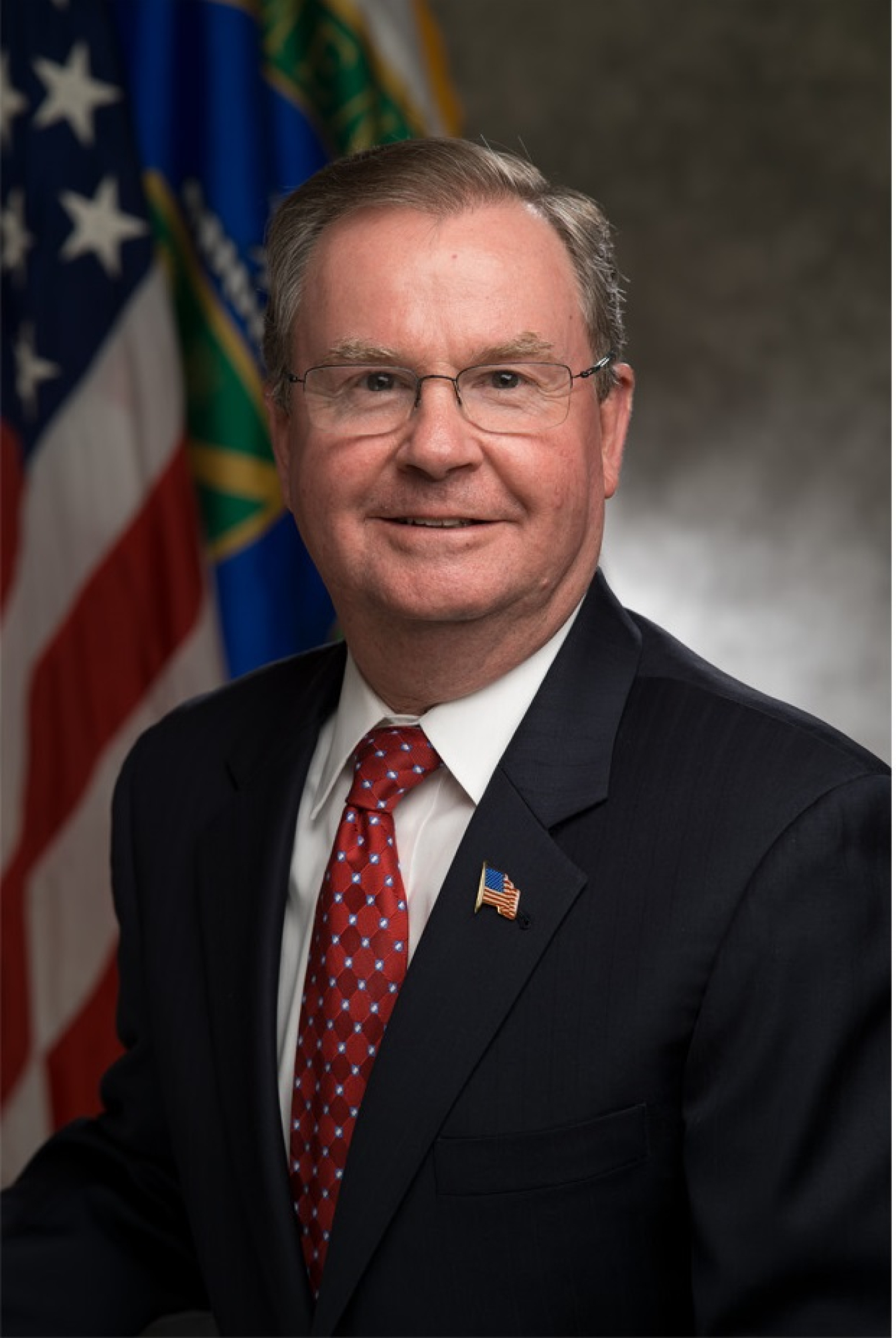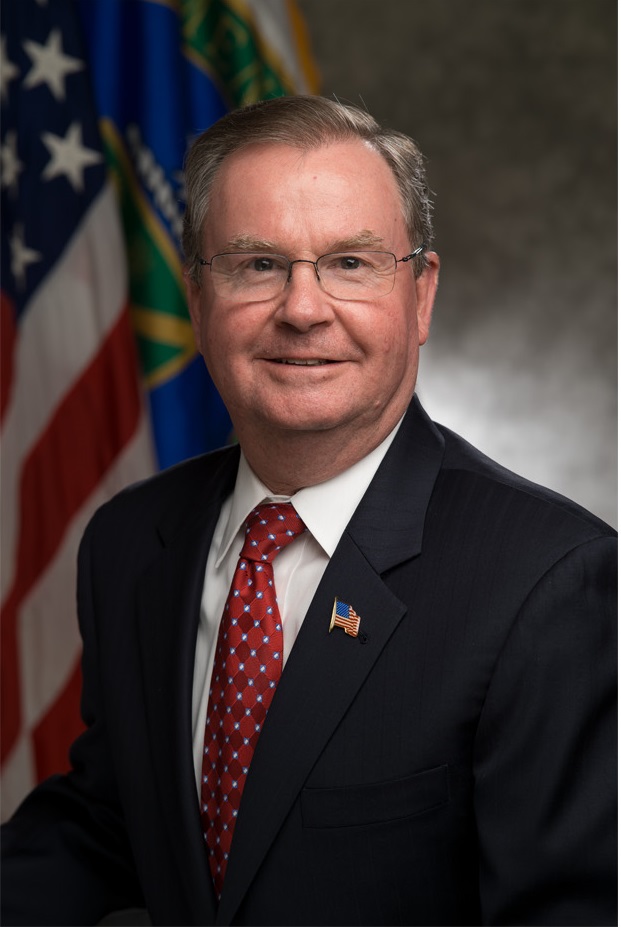ASFE Steve Winberg gave remarks at the Unconventional Resources Technology Conference in Houston, TX on July 23, 2018.
Office of Fossil Energy and Carbon Management
July 23, 2018Statements of Steven Winberg, Assistant Secretary for Fossil Energy, at the Unconventional Resources Technology Conference in Houston, TX on July 23, 2018
Thank you, and good morning.
I’m Steve Winberg, Assistant Secretary for Fossil Energy at the Department of Energy, and I appreciate the opportunity to welcome you to this year’s Unconventional Resources Technology Conference. I know last year’s conference in Austin was a success, and I expect that this year’s event will be just as successful. So, I want to congratulate all those who worked to organize this year’s conference.
I also appreciate the opportunity to talk this morning about what the Department of Energy is doing to support and encourage the development of our unconventional oil and gas resources. I believe that unconventional oil and gas is the quintessential example of how government and industry should work together. Let me explain.
From the late 70s to the early 90s, DOE invested $137 million in the Eastern Gas Shales Project, which helped develop the advanced multi-stage hydraulic fracturing and extended horizontal lateral drilling technologies that spurred the shale revolution. So, fast forward: In the late 1990s, George Mitchell and many, many others, picked up the technology and by 2016, hydraulically fractured horizontal wells accounted for nearly 70 percent of all oil and natural gas wells drilled in the United States. And today, the U.S. is the top combined producer of oil and gas.
By the way, the U.S. Energy Information Administration, or EIA, says that we’re on track to become the world’s largest oil producer next year. We’re definitely moving in that direction. A couple weeks ago U.S. crude production reached 11 million barrels per day, putting us just behind Russia. And as new pipelines to the Gulf get built and come online, we should see even greater production, especially in fields here in Texas.
Now, looking at natural gas – we’ve exported more than 1 trillion cubic feet of U.S. natural gas to 30 overseas destinations since exports began from the Lower 48 just a couple of years ago. And last year, we became a net exporter of natural gas on an annual basis for the first time since 1957. And, in their most recent Annual Energy Outlook, EIA predicts that we’ll be a net energy exporter by 2022. To put that in context, we’ve been a net energy importer since 1953 — 65 years ago.
So, we’re seeing what happens when we unleash America’s energy potential, and I’d say that our early investment in shale R&D has paid off in a pretty spectacular way — and it’s one of the government’s true investment success stories. Going forward, we want to build on that success.
Technology development and commercialization is essential to getting us where we want to be. And embracing technology and innovation is at the heart of the New Energy Realism that Secretary Perry has been talking about — and it will help secure America’s energy future.
So, our job at DOE — and in the Office of Fossil Energy in particular — is to lead and support the research and development that will help make those things happen. And our focus is on early-stage R&D that industry wouldn’t fund solely on its own but that could be of significant value in the conventional and unconventional development space — both onshore and offshore. But we don’t do it alone. We’re partnering with industry, academia, and our national labs on most of this research.
In the upstream space, key areas we’re focusing on include increased ultimate recovery and recovery efficiency, produced water management and induced seismicity mitigation, offshore oil spill prevention, and production of gas from methane hydrates.
Now, as you well know, there are a number of challenges when it comes to producing unconventional oil and gas – including geological and engineering variables that affect production from unconventional reservoirs. These reservoirs are geologically complex on different levels — from pore scale, to core scale, to reservoir scale. To address this issue, DOE, in collaboration with industry, academia, and the national labs, is conducting fundamental shale research and research at its field laboratories to find ways of improving the recovery of unconventional oil and gas resources. And, because every basin and formation is geologically different, what may work in the Permian Basin may not work in the Marcellus, and vice versa. So, based on the lessons we learned from our efforts on horizontal drilling and hydraulic fracturing, we now want to turn to a more targeted, “basin-specific” approach to technology development.
We’re also ramping up our effort to apply big data and machine learning to address the challenges to unconventional resource development. So, I’d like to talk in a little more detail about what we’re doing in that area.
Right now, in the upstream oil and gas industry, the geology is studied and characterized, sensors are installed, measurements are taken at varying frequencies, and information is processed. This feedback loop can often take six months or longer. Even then, much of the data collected isn’t effectively used in the process. This approach has been standard for decades. And, with continued improvements, it has served industry reasonably well. But — even with the best technologies — it has its limitations. So, new applications of machine learning and data analytics that can process and interpret complex data streams in real time hold great promise for improving decision making.
For instance, what if we had a way to determine the best spacing for wells and to do that from the field? What if rapid analysis of flowback water or produced oil or gas could tell us how to better operate a shale well? Right now, we’re only getting about 10 percent of the resource out of the ground in unconventional oil operations. If we could react in real time to increase that to 20 percent (or more) that would be a huge win — another shale oil revolution without having to drill any more wells.
So, new applications of machine learning and data analytics to interpret complex data streams in real time can enhance decision making — and it has the potential to expand the availability and production of our unconventional resources.
Right now, we have several big data and machine learning projects focused on improving well integrity, revolutionizing how well we are able to “see” into the subsurface with seismic imaging, and understanding variations in estimated ultimate recovery and other variables in shale reservoirs. For example, the Lawrence Berkeley Lab has applied these approaches to directly model flow through shale pores with a multi-billion element grid, something that no one could do just a few years ago. Oak Ridge National Lab is also looking at shale characterization — and they’ve done some groundbreaking work with their Titan supercomputer, working with a major oil company to advance seismic imaging capabilities.
At the National Energy Technology Laboratory, or NETL, an initial focus of some of our work is on characterizing and predicting recovery efficiencies and improving production in the Western Marcellus, with techniques that can then be used in shales across the United States. These statistical approaches can be used in conjunction with more deterministic reservoir models, which include advanced geo-mechanics and flow simulation.
So, with the development and integration of technologies like machine learning and big data analytics — coupled with high-performance computing — we have the opportunity to make real-time decision making a reality. And this could usher in a paradigm shift — from energy production and development to systems operations.
But, there are still gaps between where we are and where we need to be.
At the end of the day, getting where we need to be will require cutting-edge, early-stage R&D — the kind of research and development that plays to the strengths of universities and our national labs, and the expertise and resources of industry.
I want to leave you with one final thought.
Government can’t and should not work in a vacuum. This Administration recognizes that we need input from industry and we value it. As the end users of these technologies, you bring unique knowledge, experience, expertise, and resources to bear on this important research. Perhaps that has not always been the case in the past, but I can assure you that it is the case with this Administration.
It’s really all hands on deck to get these technologies in place and to apply them to the real-world challenges of unconventional resource production and development. So, we welcome your input.
Thank you.
Steven Winberg

Steven Winberg, Assistant Secretary for Fossil Energy
Steven Winberg served as Assistant Secretary for Fossil Energy. He was responsible for the management and oversight of FE’s research and development program, encompassing coal, oil, and natural gas, as well as the Office of Petroleum Reserves.
Mr. Winberg has 39 years of experience in the energy industry. He began his career at the engineering firm Foster Wheeler as an engineer on coal-fired utility boilers. From there, he spent 14 years with Consolidated Natural Gas working in a variety of positions before becoming Vice President for CONSOL Energy Research & Development. Immediately prior to coming to DOE, Mr. Winberg served as a Senior Program Manager at Battelle Memorial Institute.
Over the span of his career, Mr. Winberg has participated in a number of policy and energy initiatives. He has also gained extensive experience in numerous energy technologies, including advanced fossil energy combustion, coal-to-liquids, fluidized bed combustion, emulsified fuels, fuel cells, alternative fuel vehicles, and carbon utilization.
Mr. Winberg received a bachelor’s degree in nuclear science from the State University of New York Maritime College in 1978 and an MBA from the University of Pittsburgh in 1991.


